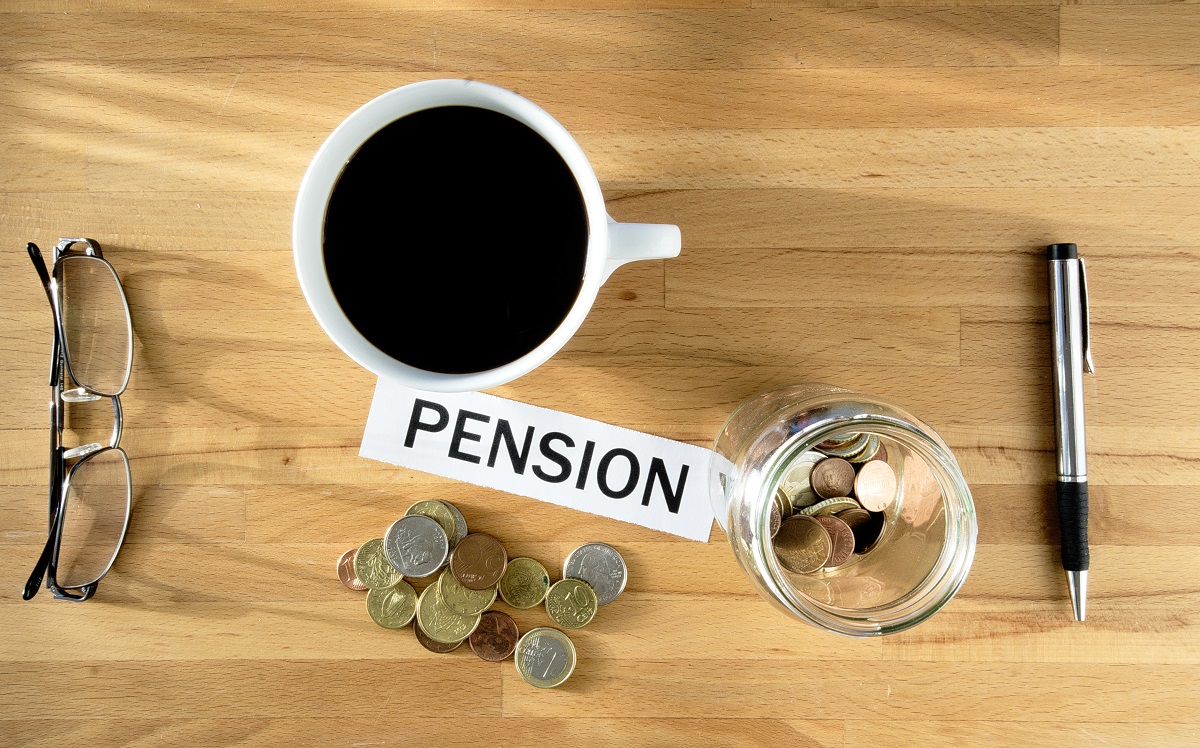If you’re thinking of accessing money from your pensions, the good news is you have plenty of options. The bad news is so many options can make it a little confusing. You may want to read our previous blog explaining ways to access your funds.
The figure most people have heard about of 25%.
This article will focus on Defined Contribution (DC) pensions. Before going any further, let’s clarify the difference between Defined Contribution and Defined Benefit (DB) pensions. DC pensions are the most popular these days. You, the tax man and potentially an employer, contribute to a pension pot which grows over time. At retirement, you have various options when accessing this (hopefully large) pot of money.
On the other hand, DB schemes provide a promise of an income in future. The calculations are beyond the scope of this text, but you will typically have an option of some tax-free cash and then an income for the rest of your life. A common mistake we see from clients is calling this tax-free cash their 25%. It is not. It is a monetary amount based on the scheme calculations.
DC schemes, however, have a percentage amount you can access tax-free. This usually is 25%, but not always. For example, if your pot is worth £500,000, you could withdraw up to £125,000 tax-free
It also doesn’t have to be 25%.
Any funds you withdraw from your pension beyond the tax-free element are taxed under standard income tax rules.
Not all pension schemes offer total flexibility. Pension freedoms were introduced in 2015 to allow more flexibility when accessing your funds. You will need your funds in the correct pot to allow some of the flexibilities highlighted below. Seeking good financial advice before retirement is essential.
When can you take tax-free cash from a pension?
You can access your pension from age 55 unless you have a protected pension age. The pension age will increase to age 57 in 2028 and then increase in line with the state pension. The plan is to allow personal pensions to be accessed 10 years before the state pension.
Can I access more than 25% tax-free?
Probably not. However, rules were introduced in 2006 called Pensions Simplification. Yes, you read that correctly – pensions were supposed to have been simplified. These rules bought everyone in line with being able to access 25% tax-free. However, some schemes retained a specific tax-free cash percentage above 25%. Be aware of these schemes, as they can be precious. We have experienced some pension plans with 100% tax-free cash available!
You can, of course, access more than 25%, but the additional funds are taxable.
Could I take 25% from multiple pots?
Yes, is the short answer. However, many people look to consolidate plans before retirement. Good financial advice is essential here, which helps to avoid mistakes and create a retirement plan for the future.
Do I have to take 25%?
This will depend on the scheme rules, but often not. Our clients that have consolidated plans into a SIPP or personal pension can access different amounts.
I cannot understate how important this is. We are often approached by people looking to ‘access their 25%’ for no reason other than they can. However, most clients don’t require this much. People often need a set amount, for example, £10,000 for a celebratory retirement holiday.
With careful planning, we can access monetary amounts and leave the remaining pot to grow, increasing the tax-free element. Here is an example:
Sheila has a pot of £200,000. After careful planning and cashflow modelling, she has decided to access £10,000 and leave the remaining funds for a few years. She has other income to cover outgoings.
We ‘crystalise’ £40,000, shifting this into a drawdown pot. From this pot, we access 25% tax-free (£10,000), which is sent to Sheila’s bank account. The remaining £30,000 sits within the drawdown pot, invested and would be taxable if we draw on this. Sheila has another £160,000 invested, which we haven’t touched yet. A further 25% (£40,000) is still available from this section. This section should grow over time, providing additional tax-free cash in future.
Do you have other investments that could be accessed?
Purely from a tax perspective, using other funds first could be beneficial. Pensions are usually Inheritance Tax-free.
Therefore, taking tax-free cash from your pension, especially if you have no plans to spend it, could make it subject to Inheritance Tax.
Is tax-free cash lost at age 75?
The rules here are complex, but if your funds are below the Lifetime Allowance, tax-free cash is still available after age 75.
How does tax-free cash affect contributions?
There is a little-known rule called the Money Purchase Annual Allowance (MPAA). This allowance restricts the amount you can contribute to a pension plan once you’ve taken some income. However, the MPAA is not triggered if you only take tax-free cash. Anything beyond tax-free cash (further drawdown payments, for example) will trigger the MPAA. The MPAA limits your contributions back into a pension to £4,000.
Tax-free cash is an excellent feature of pension plans in the UK. However, the rules and options around tax-free cash, like most features of pensions, can be daunting.
If you need advice from independent financial planners, get in touch with our team today on:
01273 076587
We operate via phone, video call, home visits or from our new offices in central Brighton.








